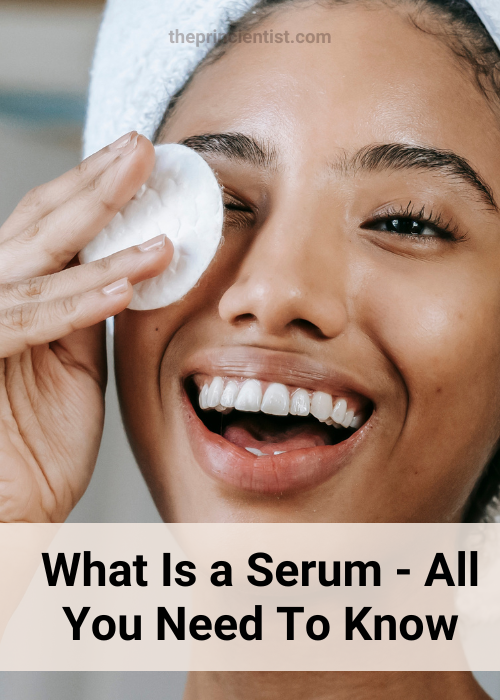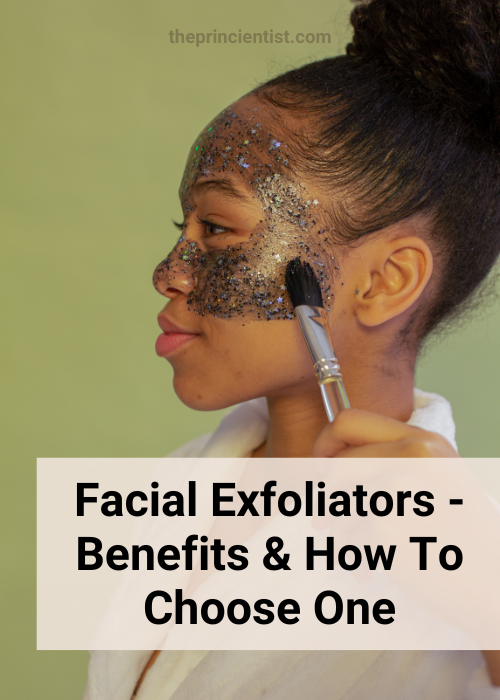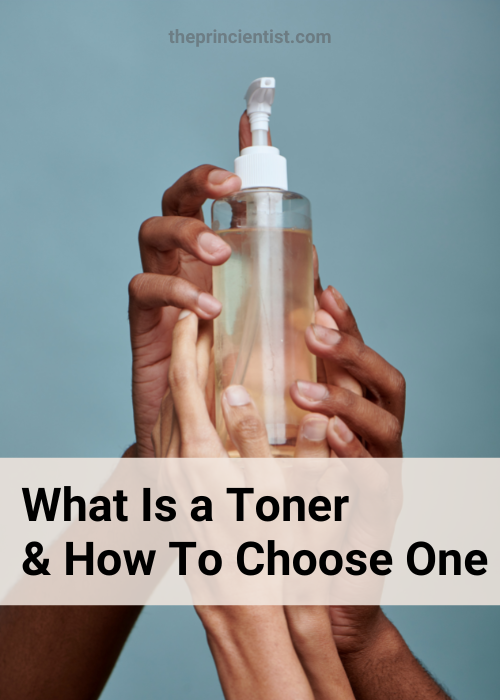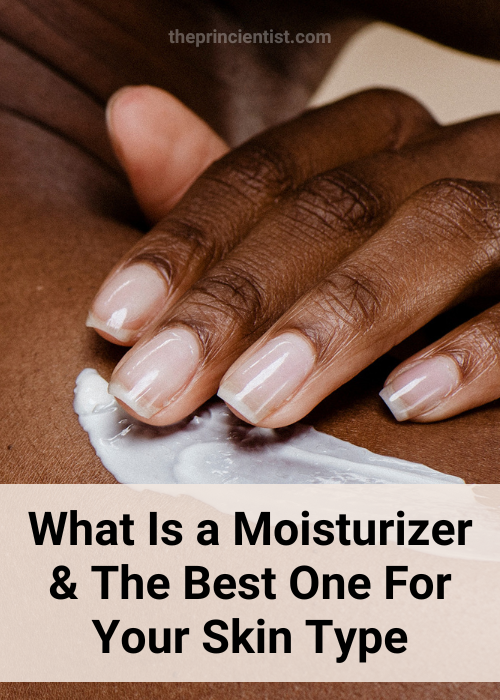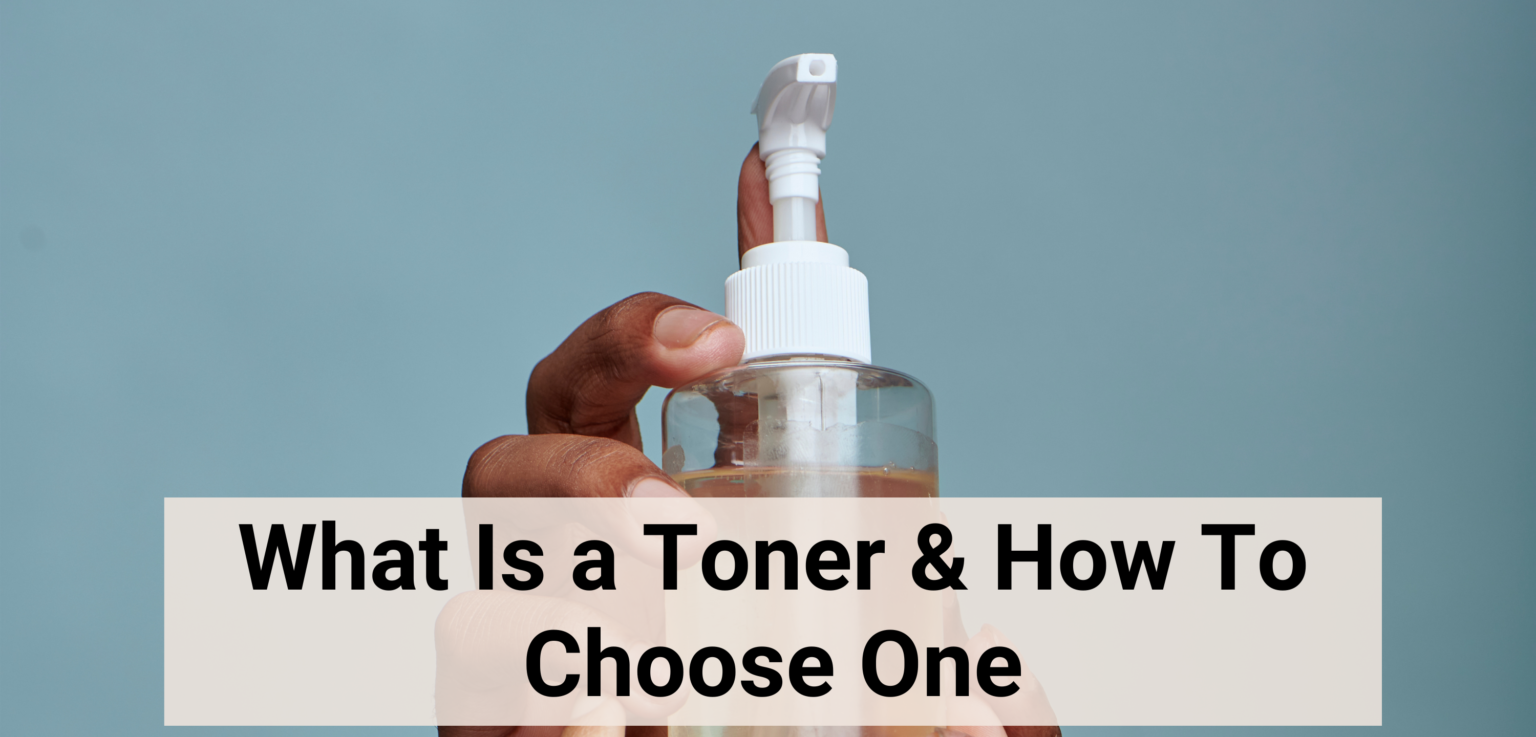
Benefits of a Toner & Why You Should Be Using One
You will learn what is a toner, what types of toners exist and how to use them to keep your skin healthy.
This post is a complete guide to toners.
Table of Contents:
- What is a toner?
- Why should use a toner?
- What is the function of a toner?
- What types of toners exist?
- How often should you use a skin toner?
- How to choose a toner? Directions for each skin type.
- How to tone your face? Step-by-step.
- What to do after using a toner?
You can find all references used to write this post here.
What is a toner?
A toner is a liquid, water-based skincare product that further cleans and hydrates the skin.
Why should you use a toner?
Use a toner to improve your skin’s health and appearance.
Toners make a noticeable difference in tightening pores and smoothing skin.
They also generously hydrate the skin which increases skin strength and elasticity.
Toners are optional in your skincare routine, but their use brings many benefits.
A toner is the one skincare product I added to my skincare routine that visibly improved my skin tightness and softness.
The results after six months are super smaller pores and tight smooth skin.
You can have different results based on your skin concerns and the toner you choose.
But I recommend you try using one as well.
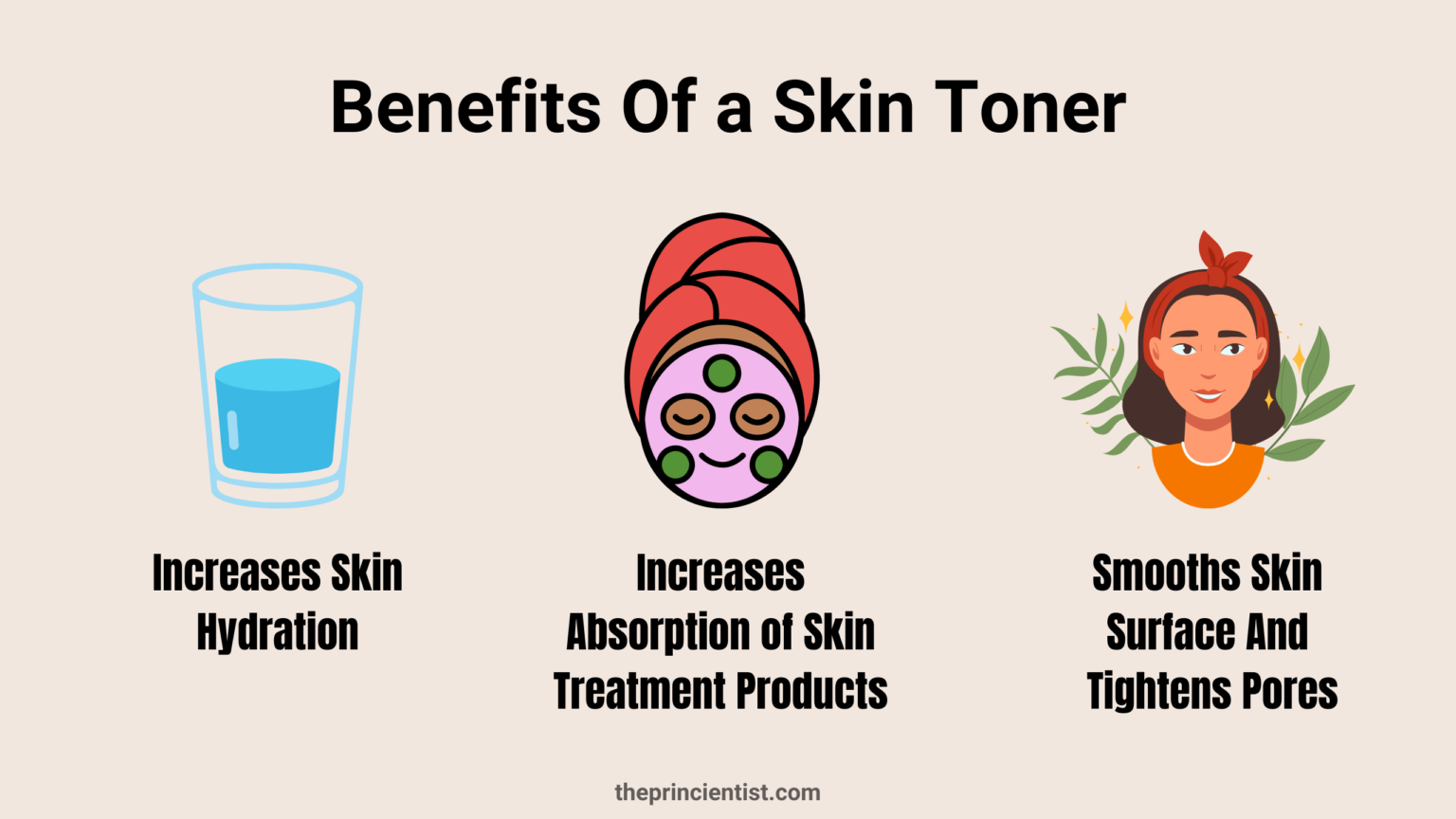
What is the function of a toner?
The main function of a toner is to remove dead skin cells, makeup and dirt from the skin’s surface that remain after cleansing.
Your cleanser many times does not remove all impurities that sit on your skin.
You can use a toner to remove the remaining dead skin cells.
A toner can also treat skin concerns with its active ingredients.
Formulated toners today, are used to target a range of skin concerns like redness, irritation, oiliness and ageing.
Due to its water-like consistency and because it removes a layer of dead skin cells, toners also help other skincare products penetrate deeper into the skin.
Depending upon its ingredients toners can:
– balance the skin’s pH levels bringing it back to its acidic state after cleansing, which can help in preventing acne and sebum production.
– smooth and calm skin and diminish redness
– hydrate dry skin.
– shrink and close pores by removing excess oils and dead cells.
– Temporarily tightens the cell gaps after cleansing which reduces the penetration of impurities and environmental contaminants into the skin.
– replenish and restore nutrients to your skin by providing substantial amounts of antioxidants, soothing agents, and hydrating ingredients.
What types of toners exist?
There are 2 types of toners: hydrating toners and exfoliating toners.
Hydrating Toners
Hydrating toners help maintain the skin’s hydration levels.
They contain humectants like glycerine and aloe vera that help retain water on your skin.
And strengthen your skin barrier because they are full of nourishing ingredients like various antioxidants, amino acids and more.
Always check if hydrating toners also contain a small amount of acids like glycolic acid, mandelic acid or salicylic acid, which would also give them exfoliating properties.
Exfoliating Toners
Exfoliating toners are formulated with chemical exfoliators to help remove any dead skin cells and build-up.
The most used exfoliating acids are Alpha Hydroxy Acids (AHAs) and Beta Hydroxy Acids (BHAs).
AHAs dissolve well in water and act on the skin’s surface.
BHAs are stronger acids that dissolve well in oil and can enter the pore and act on deeper layers.
Exfoliating toners are still water-based products that contain nourishing ingredients.
Their role besides hydration is to improve skin cell turnover (removal of dead skin cells from the skin surface) and show new, plump and smooth skin.
Exfoliation leaves your skin sensitive to sunlight so these types of toners are best to use at night.
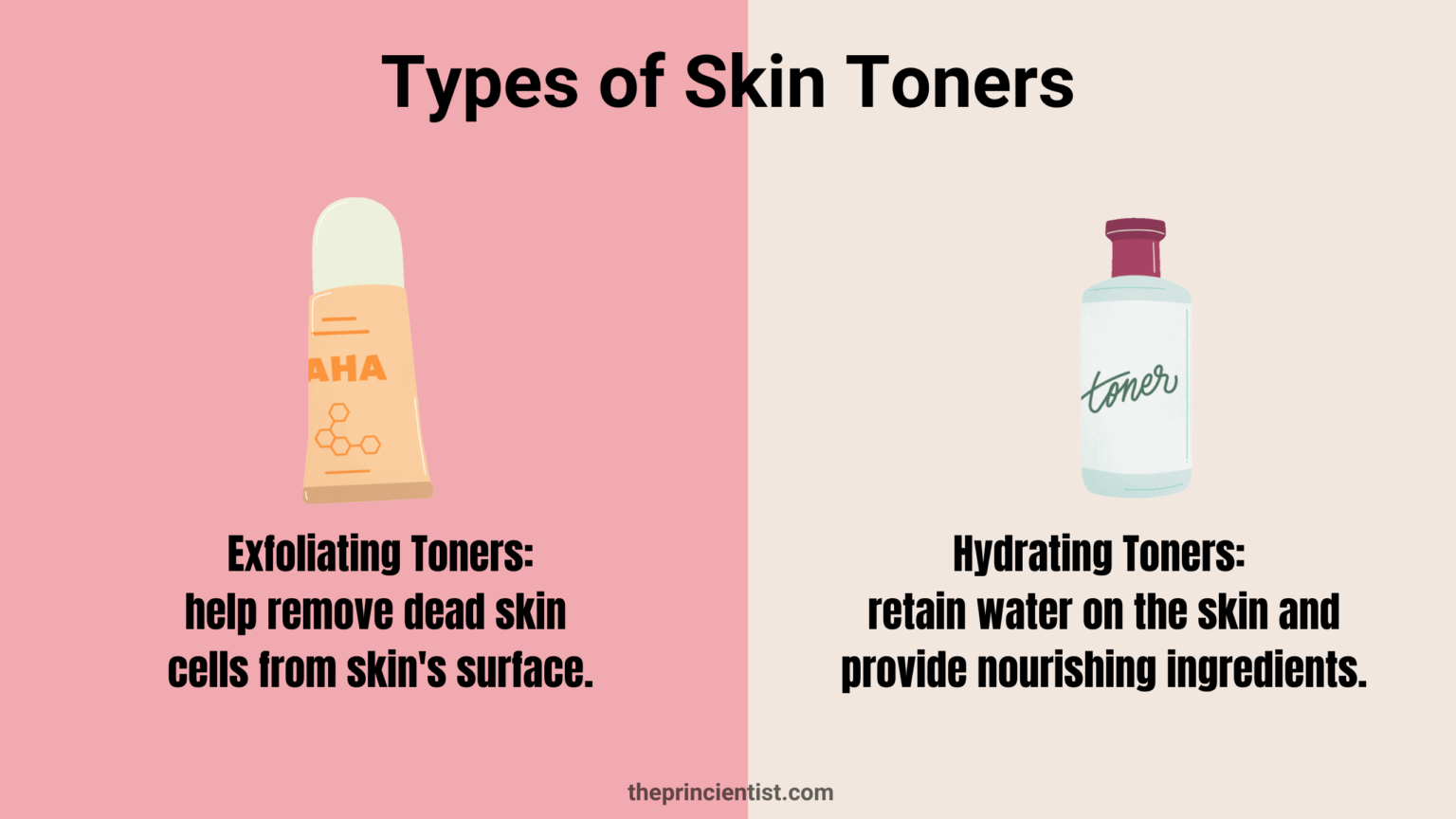
How often should you use a skin toner?
How often you use a toner depends on the type of toner you’re using.
Many dermatologists recommend exfoliating toners a maximum of three times a week at night.
Hydrating toners can be used up to twice a day. Once in the morning and once at night immediately after cleansing your face.
General Guidelines:
– Introduce the toner slowly into your skincare routine.
– Test the toner in a small area of your skin for 24 hours before applying it all over your face.
– Start using a toner once a week, if you see no signs of irritation then increase frequency according to your skin’s needs.
– If you experience skin irritation, stings or burn your toner is too harsh and drying and you need a new one.
– Avoid toners with fragrances, harsh chemicals and essential oils that could upset your skin.
– Menthol, alcohol and witch hazel strip the skin of oils and should be avoided as well.
– Be careful when using exfoliating toners that contain acids or retinol with other skincare products that also contain acids.
Do your research in this aspect to find out if it is recommended to layer products.
How to choose a toner?
Choose a toner according to your skin type and skin concerns.
Look for ingredients that help treat your skin concerns and improve them.
People with different concerns will look for different ingredients.
For example:
– humectants like urea help treat dehydrated skin;
– bisabolol and aloe fight inflammation and redness;
– Niacinamide controls oily skin and hyperpigmentation;
– Antioxidants like green tea extract and resveratrol treat anti-ageing skin.
To choose a toner also take into consideration your skin type.
Dry Skin
Dry skin happens because the lack of oil from the skin’s surface causes a loss of water.
Toners replenish water content in the skin without damaging the skin barrier.
For best results choose an alcohol-free, hydrating toner.
Avoid alcohol because it is a drying ingredient that strips the skin of its natural oils, which you already lack.
Hydrating toners are formulated with humectants that will help your skin retain water.
Soothing formulas with calming ingredients are beneficial given your skin type is prone to sensitivity.
Exfoliating toners should be avoided if possible, or rarely used. Milky formulas treat dryness, leaving skin soft and smooth.
Oily Skin
The main concern for this skin type is excess oil, build-up of dead skin cells, and acne breakouts.
Choose exfoliating toners with antibacterial properties.
Exfoliating toners will diminish impurities and dead skin cells to help bring new skin cells to the surface.
For oily skin, toners can also reduce the appearance of enlarged pores because BHA’s like salicylic acid penetrate the pore and remove grease that causes large pores.
Toners with alcohol or hazel are promoted to oily skin types to remove oils from the skin. It is counterproductive to use these products.
If you keep removing oils from your skin, your sebaceous glands will signal the production of more oil because your skin no longer has enough oil.
If you keep removing oil from the skin, you will always have oily skin.
Instead of removing oils, you will benefit from a hydrating toner instead.
The excess oil is likely due to dehydrated skin. Let me explain.
Due to the presence of excess oil, water is repelled causing your skin to be dehydrated.
Your sebaceous glands overproduce oil to compensate for the lack of water.
In this case, hydrating toners will help replenish the water levels and control the production of oil.
Both hydrating and exfoliator toners are good choices for oily skin.
Normal Skin
This skin type has well-balanced skin without pressing concerns.
But it can still be prone to blemishes or dehydration.
For normal skin, toners can lessen redness and flaking while hydrating.
Look for soothing ingredients such as antioxidants.
And humectants like urea, aloe vera and glycerine to keep skin hydration levels.
Combination Skin
Combination skin is oily in some areas and dry in others.
You have to take into consideration both oiliness and dryness.
So, you may want to alternate between an exfoliating toner when your skin is prone to oiliness, and hydrating toner when your skin feels dry.
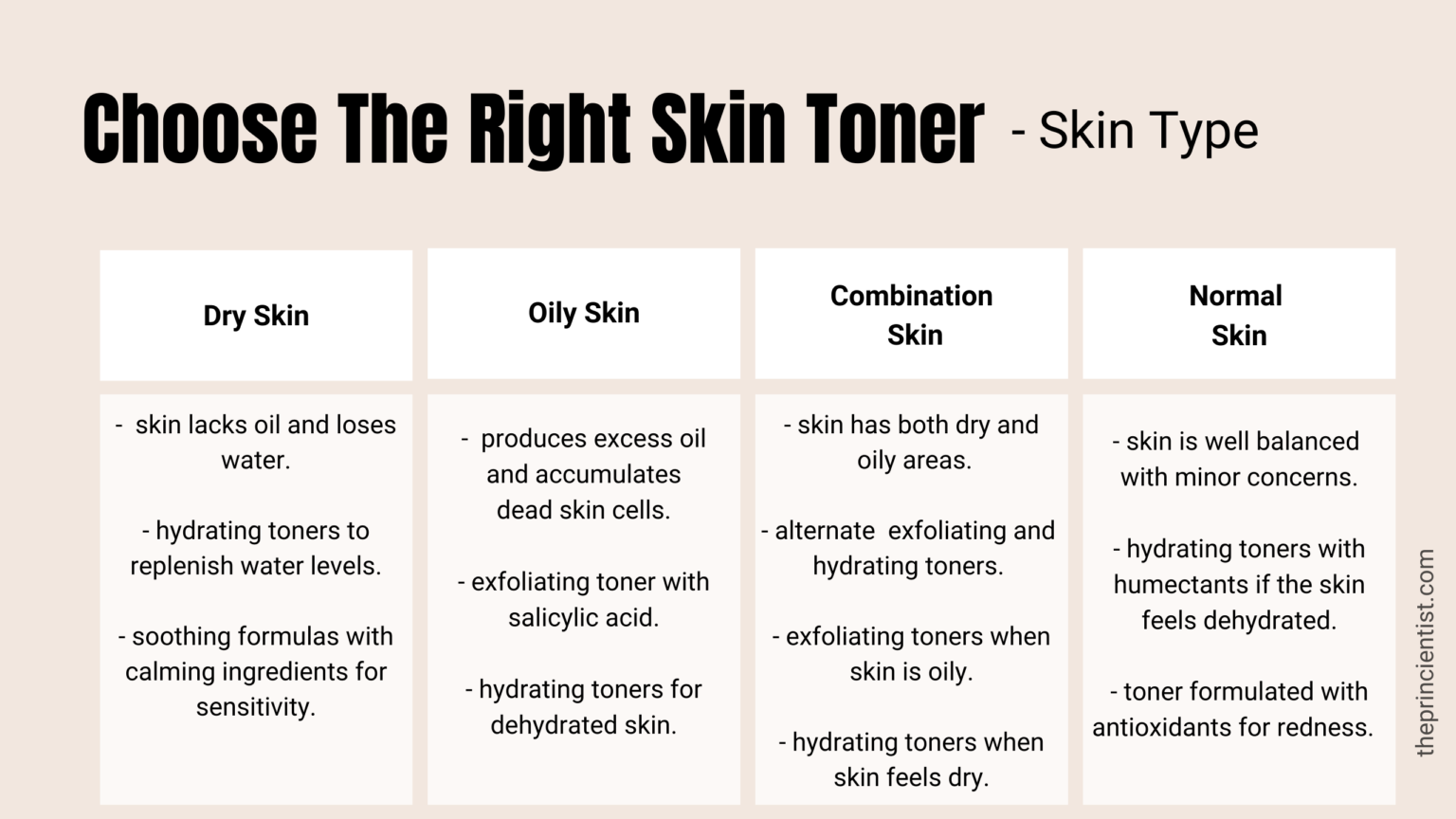
How to tone your face? Step-by-step
- Cleanse your face.
- Apply the toner immediately after cleansing. On a cotton ball or using your fingers gently apply the toner all over your face, neck and chest in a circular motion.
- On damp skin apply the next product of your skincare routine. At this step, production absorption is maximized and active ingredients will be easily absorbed into the skin.
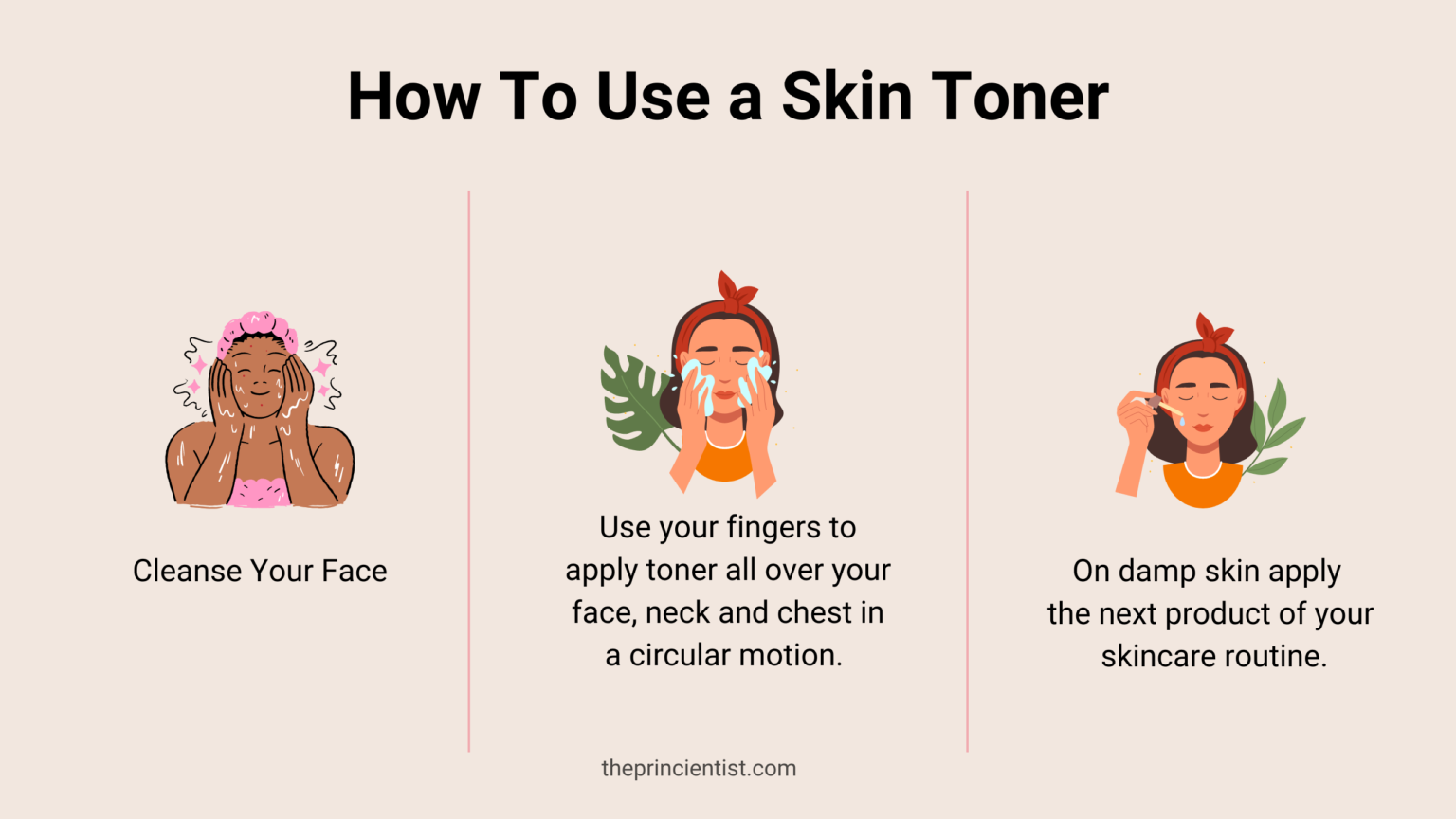
What to do after using a toner?
Now you know what is a toner and the many benefits it provides for your skin health and appearance.
After using a toner it is the perfect time to add treatment products like medically prescribed creams and serums.
Serums are skincare products that penetrate completely into the skin layers and deliver powerful ingredients and nutrients that treat specific conditions.
But serums are not for everyone and using the wrong one can seriously irritate and damage your skin.
I have the perfect post to help you choose the right serum for your skin type.
Read below the complete guide to serums.
What is a serum, who needs it, types of serums and how to choose the best serum for your skin type.
Disclaimer: This article is informational only. This article does not provide medical advice, diagnosis, or treatment. Any information published on this website or by this brand is not intended as a substitute for medical advice, and you should not take any action before consulting with a healthcare professional. If you have questions or concerns about caring for your skin, you should make an appointment to see a board-certified dermatologist.
You Might Be Interested In
Skincare Products Made Easy – Article Series
What is an exfoliator. Differences between Chemical and physical exfoliators. How to choose an exfoliator for each skin type.
What toner do and why you need one. How to choose the right toner for your skin type.
